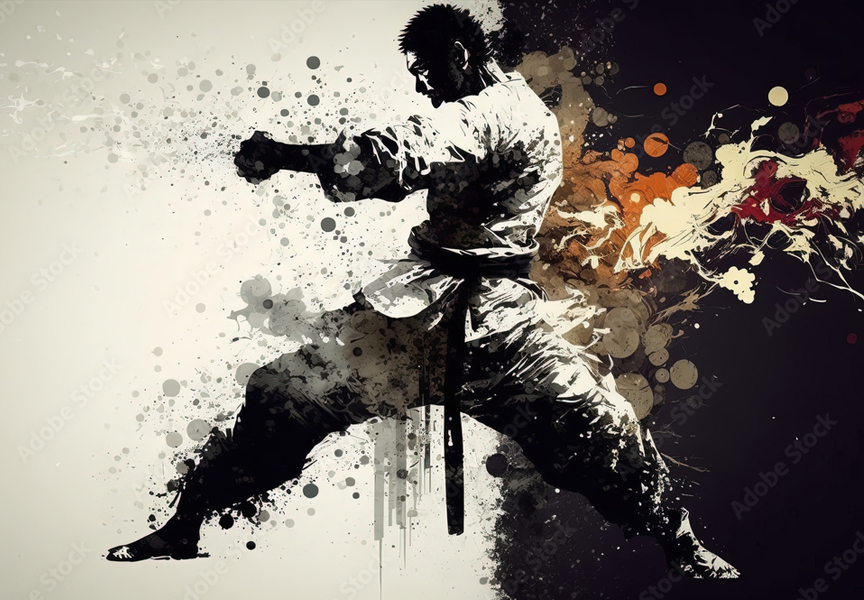Random Free Articles
- Martial Arts. Pursuit, Not a Fad
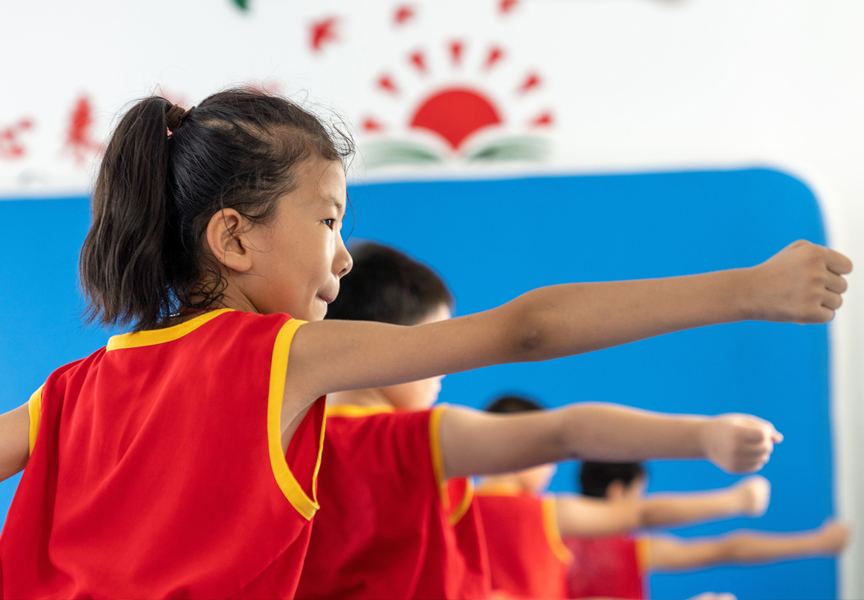
In a world where trends and fads come and go like fleeting seasons, martial arts stands as a testament to enduring tradition, discipline, and profound physical and mental development. While some might perceive martial arts as a passing craze or a mere form of entertainment, its roots run deep, and its relevance transcends time. In this article, we will explore why martial arts is not a fad, but rather an enduring practice that has stood the…
- Shaolin Kungfu: A Five-Level Path to Mastery
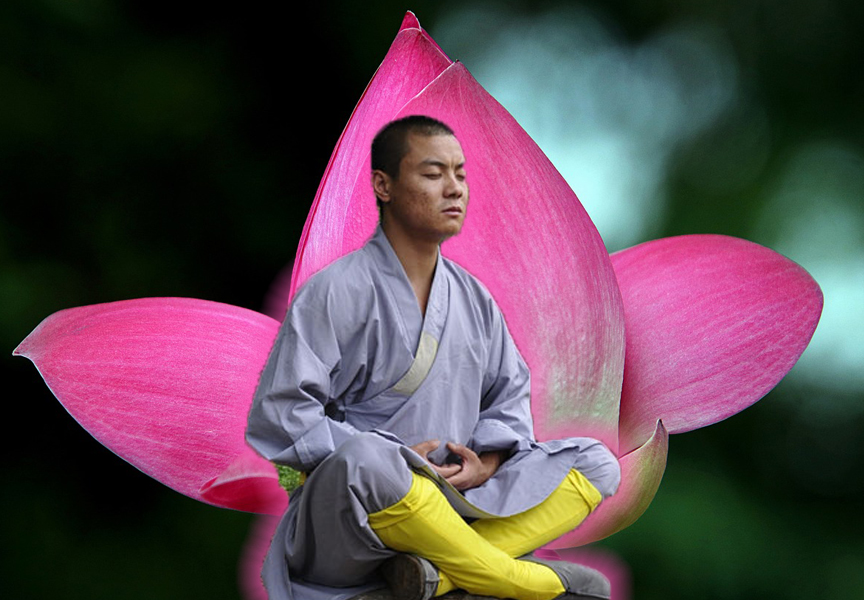
The Progressive Journey of Learning Learning Shaolin Kungfu [Chin.: Shàolín gōngfū 少林功夫] is a journey that mirrors the educational process, akin to progressing through the stages of primary to university levels. This ancient martial art demands a systematic and disciplined approach, starting from the basics and gradually advancing to the pinnacle of skill. Attempting to shortcut this process is akin to skipping foundational…
- Manifesto of a Master
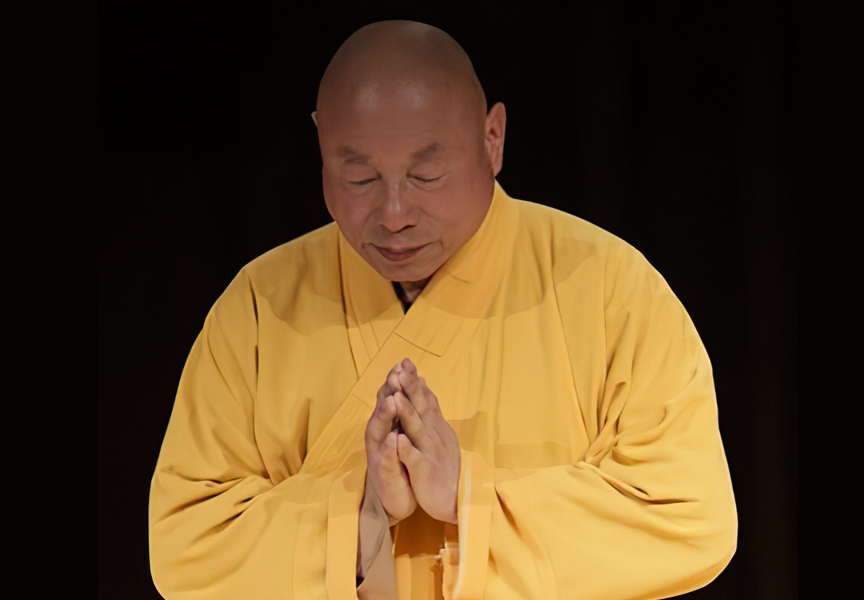
Embracing Martial Arts as a Path of Personal Growth In this sacred space of learning and discipline, I declare my commitment to the essence of true martial arts education. I am not a coach but a teacher, fostering the development of students, not athletes. This is not a sport; it is an art, a philosophy, and a way of life. I Have Students, Not Athletes: My purpose is to guide individuals on a journey of self-discovery and self-mastery. The…
- How to practice Shaolin Rouquan well
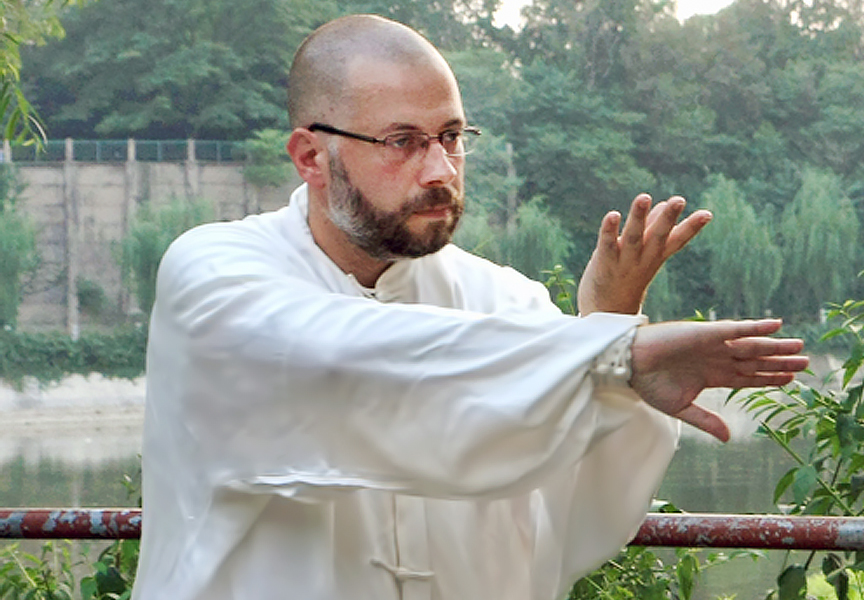
A Guide to Mastering the Art Shaolin Rou Quan [Chin.: Shàolín róu quán 少林柔拳], is an ancient martial art, heritage of the Shaolin Temple that has gained worldwide popularity for its numerous health benefits and graceful, flowing movements. The practice of Shaolin Rou Quan goes far beyond the superficial appearance of slow, rhythmic exercise; it is a deeply rooted tradition with profound physical and mental advantages. In this…
- Understanding Fajin
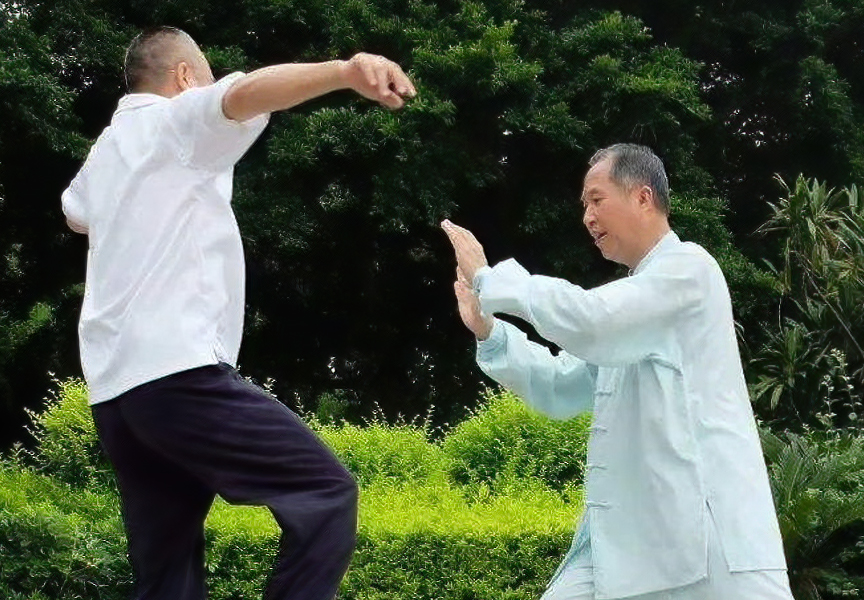
The Art of Explosive Energy Martial arts, with their rich history and diverse techniques, continue to captivate practitioners and enthusiasts around the world. One such concept that has intrigued martial artists for centuries is Fajin [Chin.: Fā jīn 法金], which translates to "explosive energy" or "issuing energy." Fajin is an essential aspect of many Chinese martial arts, and understanding it unlocks a deeper level of…

